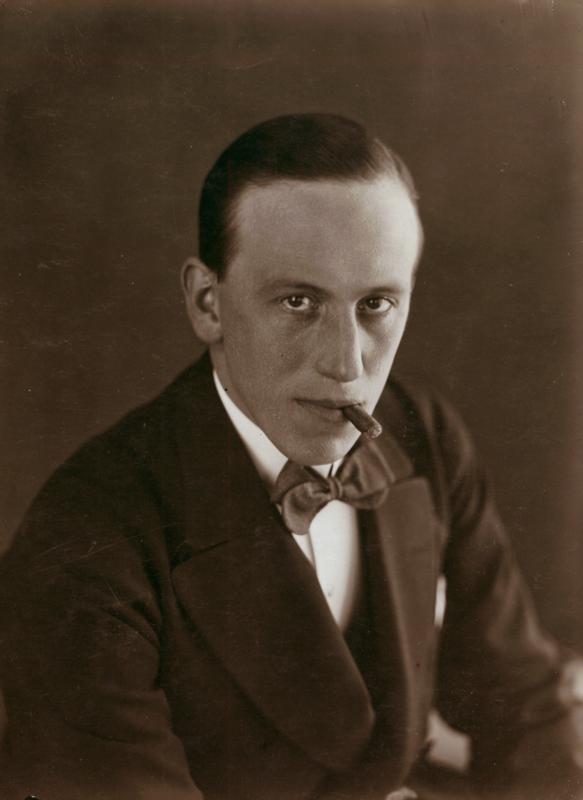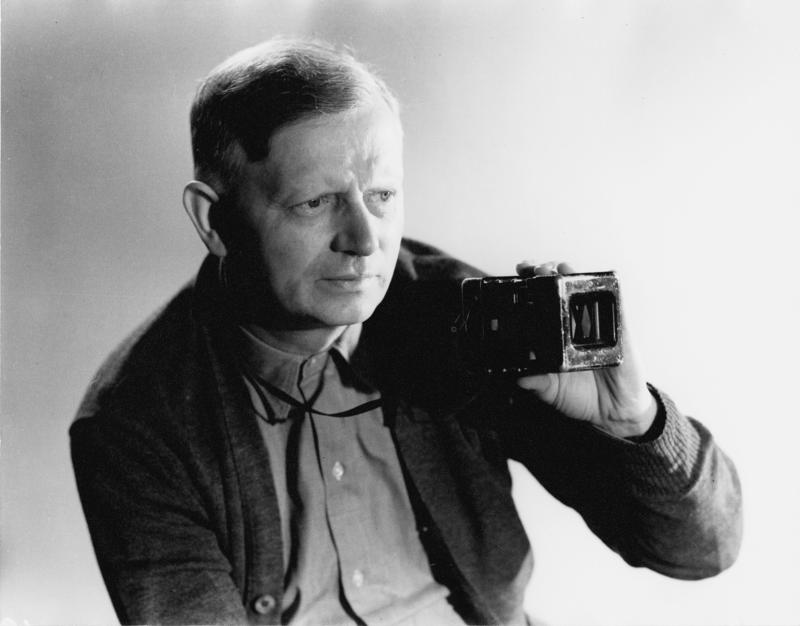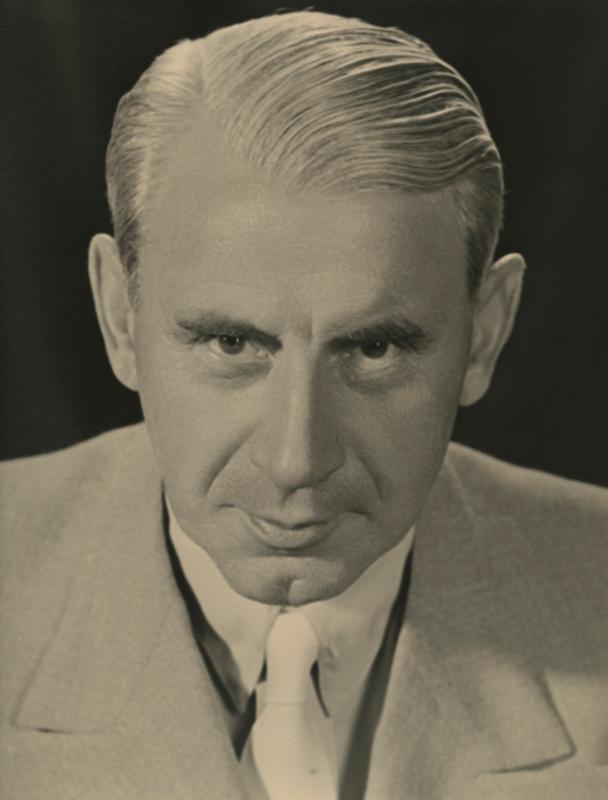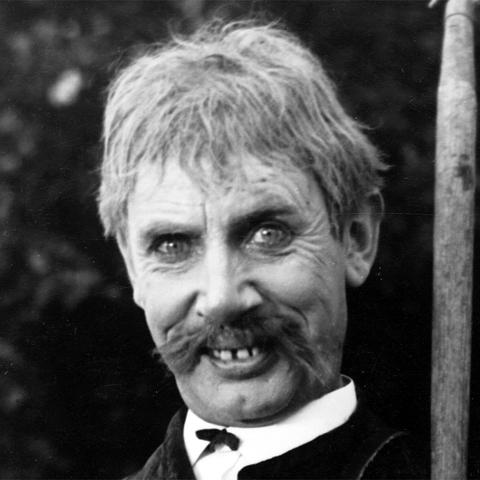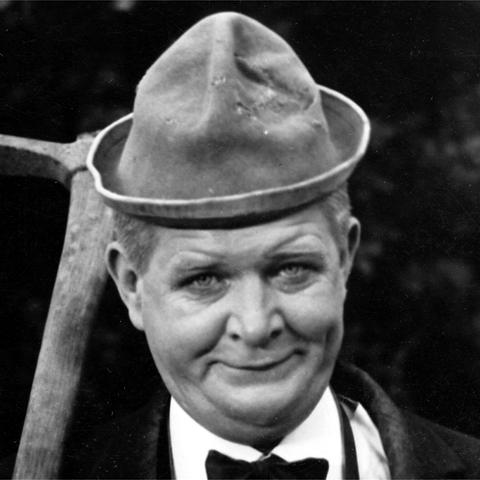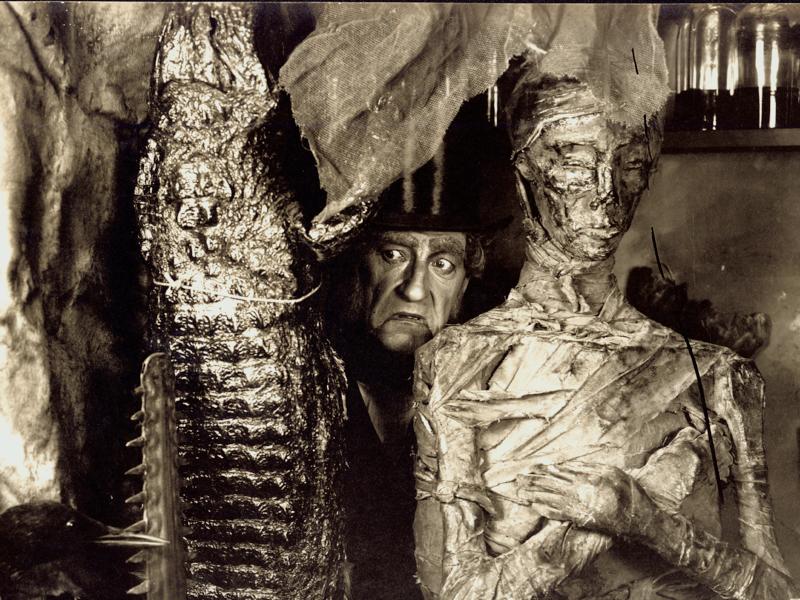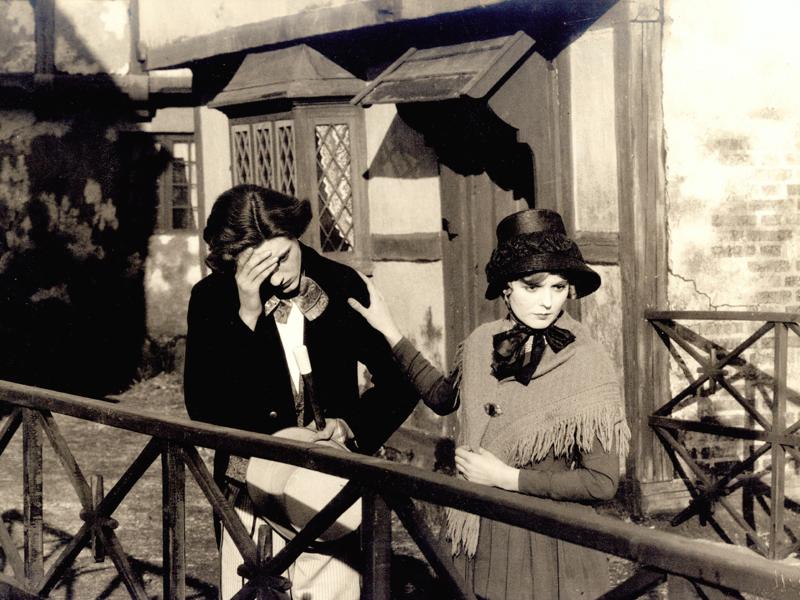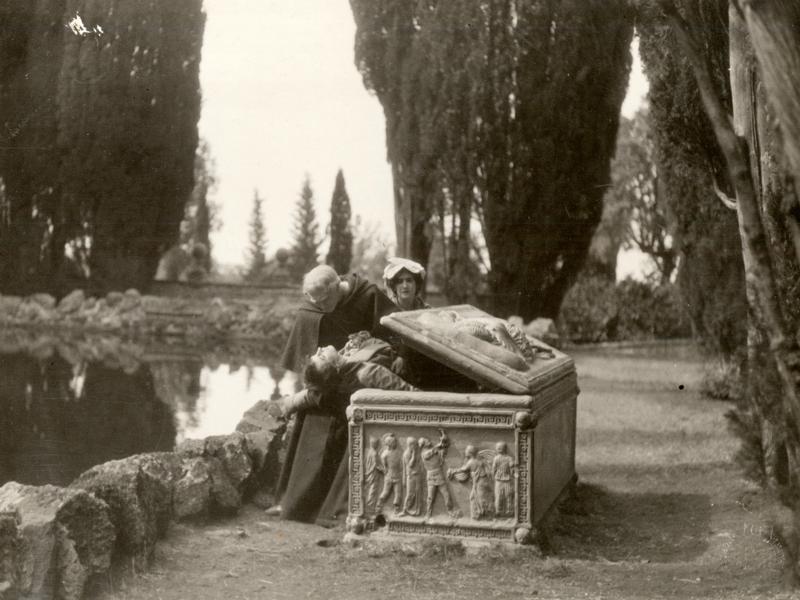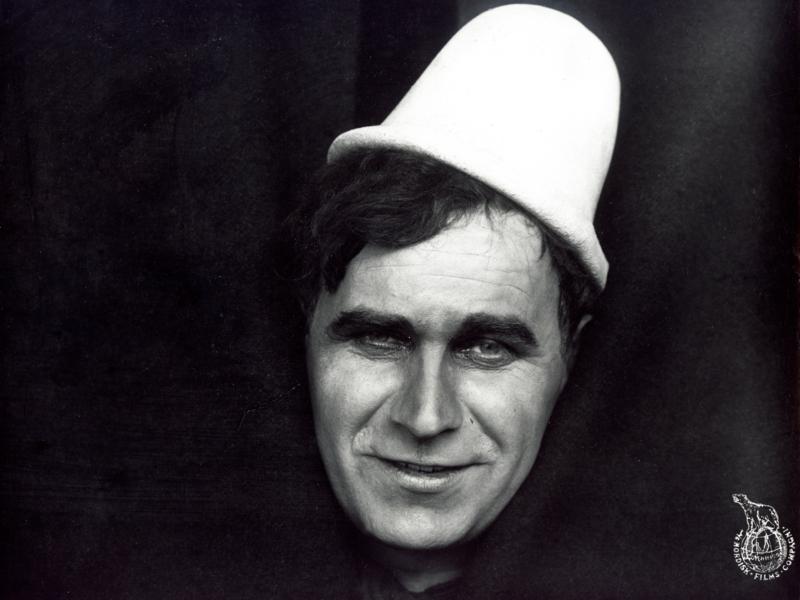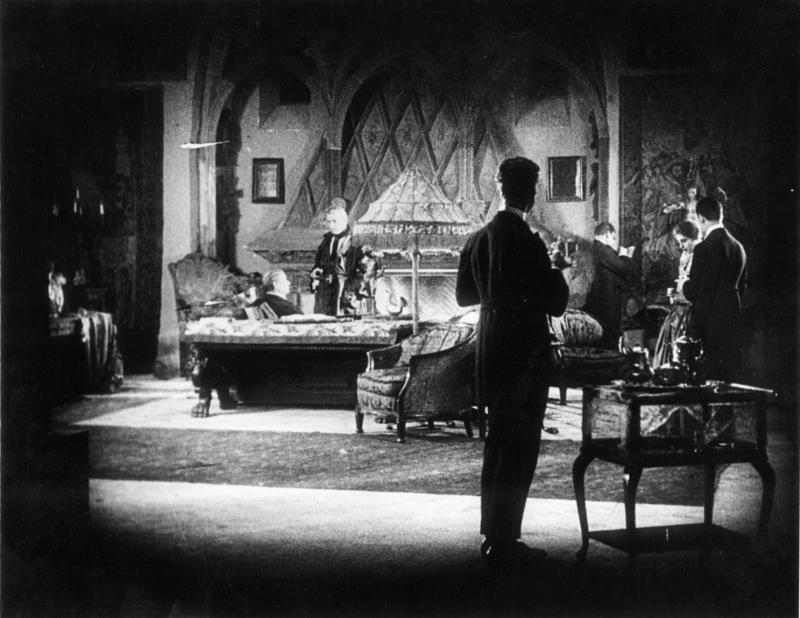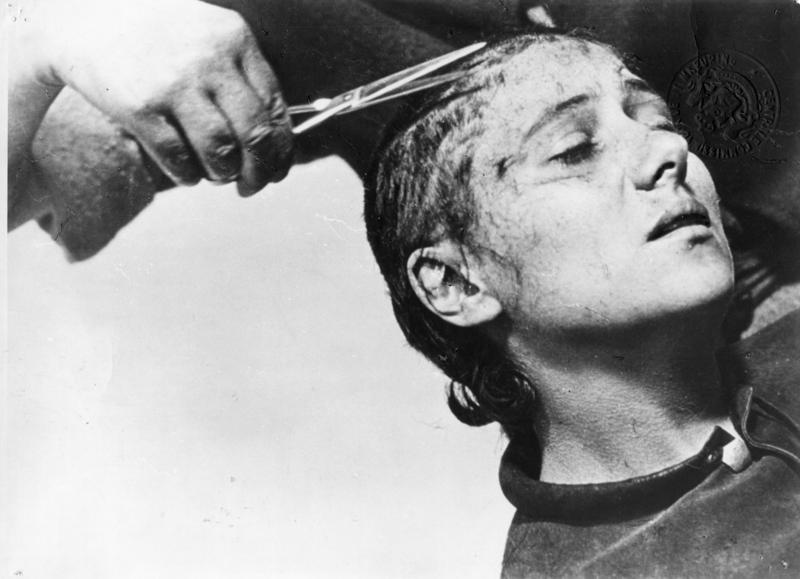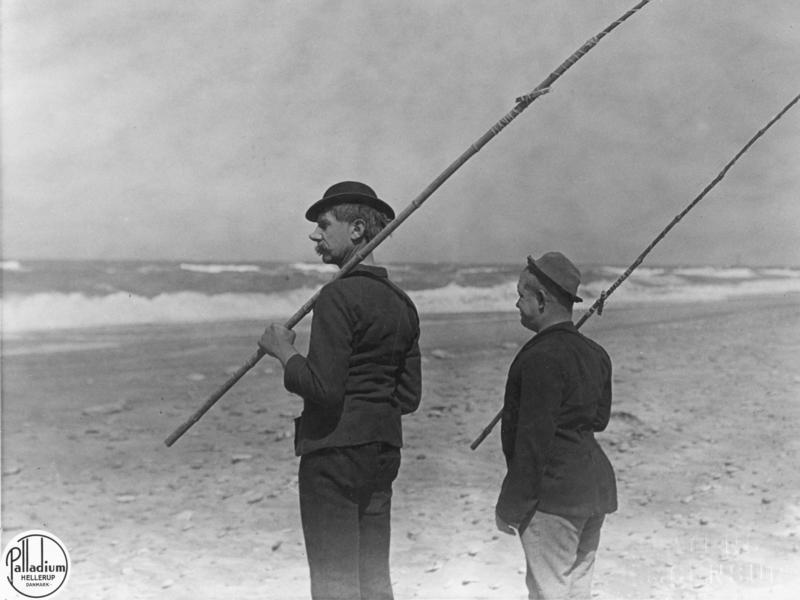Post war crisis: Nordisk Film's downturn
Throughout the 1920s Nordisk Film's decline continued, due both to difficult economic conditions and problems trying to find an artistic profile that matched the tastes of the time.
The company's new leading director was A.W. Sandberg who was behind a number of grand screen versions of Dickens' novels. – Our Mutual Friend (1921), Great Expectations (1922), The Love Story of David Copperfield (1922) and Little Dorrit (1924). A.W. Sandberg also directed Mists of the Past (1925), based on a colourful Danish classic novel, and the circus melodrama The Golden Clown (1926, which had already been made in 1917 with Psilander), now in a handsome version with the famous Swedish star Gösta Ekman. The films were respectable pieces of work, but never found their place internationally.
It was in this period of decline, that the young Carl Th. Dreyer made his debut as director.
The great classic: Carl Th. Dreyer
Carl Th. Dreyer was a young journalist when he was introduced to movies in 1912, became a title card writer and later a script consultant and editor for Nordisk Film. His directing debut, The President (1919), is a melodrama about a judge who must pass sentence on his own long-abandoned illegitimate. The ambitious Leaves from Satan's Book (1920), told in four stories, from four historical epochs about evil. His most famous Danish silent film was Master of the House (1925), which, exceptionally, told the story of regular people in a contemporary environment. Dreyer's intense artistic ambition led him to an international career, making films in Sweden, Norway, Germany — for example Heart's Desire (1924) based upon Herman Bang's novel Mikaël — and France, where he made his masterpiece The Passion of Joan of Arc (1928) which, in intense, soul-searching close- ups, tells the story of Jeanne's trial and martyrdom.
He continued with The Vampire (1932), a privately financed French-German talkie, which effectively mixed horror material with poetic dream-like photography. A decade of failed projects passed, during which time he went back to working as a journalist. It wasn't until the 1940s that he was able to begin directing again, first the documentary Good Mothers (1942), followed by the feature film Day of Wrath (1943), a dark and grandiose drama about the witch trials of the 1600s. Dreyer, due to his artistically uncompromising and un-commercial cinematic style, stood alone in the realm of Danish cinema. In 1952 he received a cinema license for the Dagmar theatre in Copenhagen and made The Word (1955), based upon Kaj Munk's play about faith and resurrection, as well as his final work Gertrud (1964), based on Hjalmar Söderberg's play from the beginning of the 1900s about 'lust of the flesh and the soul's irreparable loneliness.' During the last thirty years of his life, Dreyer worked on a film about Jesus, Jesus of Nazareth. The manuscript was finished (and published in 1968), but the film was never realized.Dreyer, with his convincing psychological insights and his intentionally abstract style, retains his status as one of film history's greatest figures.
Film posters from the 1920s
Successful Comedies: Palladium and Fy and Bi
During 1920s recession period Nordisk Film received strong competition from Palladium. The company, originally Swedish, acquired the director Lau Lauritzen Senior and the actor Carl Schenstrøm from Nordisk Film. Lauritzen paired the tall, thin Schenstrøm with the short, fat Harald Madsen and coined the comic duo Fyrtaarnet and Bivognen (Lighthouse and the Trailer), shortened to Fy and Bi.
Palladium was run by Danes from 1922, and Fyrtaarnet and Bivognen was the strongest asset in 1920s Danish film, with farces such as Film, Flirt and Film (1921), Sun, Summer and Students (1922), He, She and Hamlet (1922) and At the North Sea (1927). The comedians also achieved a large international audience and were especially well known in Germany (as Pat und Patachon), as well as in England (as Long and Short) and Eastern Europe. The duo, which continued after talkies broke through, was just once used in a more ambitious project, Lauritzen's Don Quixote (1926) based upon Cervantes' novel, filmed in Spain.
Early animation: Storm P.'s animations
It was also during this period that Danish animated movies humbly began. Artist extraordinaire Robert Storm Petersen, well known for his funny cartoons, made a few short animated movies, among them were Gaasetyven (1920) and 'Peter og Ping Trylleri' (1922).
Movie theatre law of 1922
From the beginning, Denmark sorted movies and movie theatres as a separate entertainment market under the Police and Justice Ministry. In 1907 movie censorship was introduced; in 1913 the state took control of the censorship. In 1922 Denmark acquired its first movie theatre law, which put steep taxation on movie tickets into effect (40%). At the same time a cinema license system was put into place. Permission to run a theatre relied upon licenses and was in essence put under government control. A cinema license was often used as a type of artistic pension. Also production companies could get access to run a theatre (a so called 'production license'). The system continued under the Film Law of 1938 until the film law of 1972.
In the silent movie era there were approximately 1600 short and feature length films and over 1000 documentary films made in Denmark, about 250 of them have been preserved.

